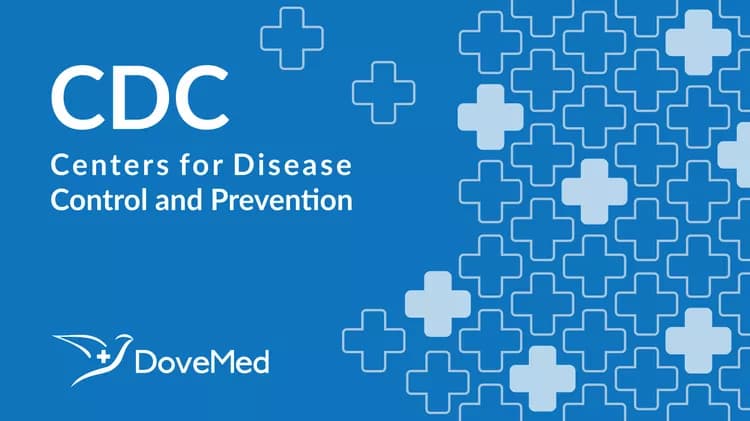
New Report Documents Trends in Childbearing, Reproductive Health
New Report Documents Trends in Childbearing, Reproductive Health
CDC's National Center for Health Statistics has issued an in-depth report on childbearing and reproductive health among American women. The report contains data from a nationally representative sample of women 15-44 years of age, who were interviewed as part of the National Survey of Family Growth. The study produced a number of interesting findings, including:
The leading method of contraception remains female sterilization (10.7 million women), followed by the oral contraceptive pill (10.4 million), the male condom (7.9 million), and male sterilization (4.2 million).
New contraceptive methods were used by small proportions of women in 1995, such as hormonal injectables (used by 2 percent of women); hormonal implants (1 percent) and female condoms (less than 1 percent).
Condom use among never-married women tripled between 1982 and 1995, from 4 to 14 percent. Condom use at first intercourse increased from 18 percent in the 1970s to 36 percent in the late 1980s and 54 percent in the 1990s.
Ten percent of births between 1990 and 1995 were unwanted by the mother at the time of conception, compared with 12 percent between 1984-88. For black women, the decrease in unwanted births between these two periods was particularly large -- from 29 to 21 percent.
About 6.1 million women had impaired fecundity in 1995, compared with 4.9 million in 1988. Some of this increase is due to the aging of the baby boom generation. The percent with impaired fecundity was 8.4 in 1988 and 10.2 in 1995.
Approximately 2 percent of women (1.2 million) had an infertility visit in the past year, and another 13 percent (7.6 million) reported an infertility visit at some point earlier in their lives.
In 1995, eight percent of women reported they had been treated for pelvic inflammatory disease (PID) at some time in their lives, down from 11 percent in 1988 and 14 percent in 1982.
The percent of women who were douching regularly declined from 37 percent in 1988 to 27 percent in 1995.
Medicaid was used to help pay for about one out of three deliveries in 1991-95 (34 percent). Among unmarried mothers and teenage mothers, two-thirds (68-69 percent) were paid for, at least partly, by Medicaid, compared with 20 percent of births to married mothers.
Women's average expected family size was 2.2 children per woman in 1995, 2.2 in 1988, and 2.4 in 1982.
The report, "Fertility, Family Planning, and Women's Health: New Data from the 1995 National Survey of Family Growth," also includes data on sexual activity; marriage, divorce, and cohabitation; breastfeeding; maternity leave; child care; adoptive, foster, and step children; use of family planning and other medical services; HIV testing; and other information. To receive a copy of the report, please contact NCHS Public Affairs (301-436-7551) or by email at paoquery@nch10a.em.cdc.gov. The full report can be viewed or downloaded from the NCHS Home Page at http://www.cdc.gov/.
###
U.S. DEPARTMENT OF HEALTH AND HUMAN SERVICES
Related Articles
Test Your Knowledge
Asked by users
Related Centers
Related Specialties
Related Physicians
Related Procedures
Related Resources
Join DoveHubs
and connect with fellow professionals

0 Comments
Please log in to post a comment.